Walking the Ground - Normandy 2022
Hi All,
Over the past two weeks I have been lucky enough to spend time in Southern England and Normandy, France, retracing the events of the Battle of Normandy.
I am fortunate to have joined a group of amateur military historians travelling to a range of battlefields over the last decade. We nominally travel every two years for a couple of weeks (pandemic not withstanding) with my first trip being in 2013. To give you an idea of where we have toured, the list is as follows:
2007 – Stalingrad (Volgograd, Russia)
2009 – Crimea (Ukraine)
2011 – St Petersburg and the Finnish Mannerheim Line (Russia)
2013 – Kursk, Belgorod, Tula & Moscow (Russia)
2015 – Arnhem (Holland)
2017 – Rome, Salerno & Anzio (Italy)
2019 – Southern Greece & Crete (Greece)
2020 (January) – Falkland Islands (UK)
2022- Southern England (UK) & Normandy (France)
I have attended every trip since Kursk in 2013 and am disappointed that I may never be able to do the earlier Eastern Front trips with the current tensions.
We have been blessed to have some superlative guides on the trips including Jason Mark Bibliography for Stalingrad, Crimea, St Petersburg and Kursk, Valeriy Zamulin Bibliography for Kursk, Bob Darby Biography for Rome, Salerno, Anzio and the Falkland Islands and Tim Saunders Bibliography for Southern Greece, Crete and Normandy.
These trips are not just a chance to meet likeminded individuals but also a chance to ‘walk’ the ground. When I visited the Kursk battlefield in 2013, I was working on the first Panzer Battles title based on that battle. It was an eye opener to see the terrain and stand where the combatants had fought. I had to specifically change some scenarios based upon what I saw. It was also clear how evident the balkas (gullies) were and the way brush and trees were grouped around the various water courses. This all impacted the way terrain was represented on the Panzer Battles Kursk map.
From my current trip to Normandy, I thought I would share some images of both the terrain and the current representation in Panzer Battles Normandy. It is interesting to see the similarities and differences. There are a lot of the fortifications and positions still in place, so it is fascinating to see them in their original positions.
Here are some comparisons for you.
This first series of images come from Gold Beach. You can see in the below screen shot the indicated positions for the defensive position WN33 and the hill running up towards Phare immediately beyond the beach. (All images can be clicked for full-size)
WN33 with its 88mm was positioned so it fired along the beach with no opening towards the sea to provide protection from Naval gunfire.
Phare is on the first rise beyond the beach with soft ground either side of the road. The red arrow on the game map indicates the direction of view. There are more houses now than in 1944. The house indicated was original.
This image that faces toward the ‘Jig’ section of beach shows just how wide the beach was. See the yellow arrow on the game map for reference. The Allied forces landed at low tide and this image is just after that.
Pointe du Hoc was the famous US Ranger operation to destroy a battery of German guns that were believed to be on the point. These guns were expected to be able to hit the invasion force at both Utah and Omaha beaches. The Rangers had to scale the cliffs to reach the German position.
This first image shows the position on the game map with the red arrow showing the direction of view.
The photo below shows the height of a cliff face the Rangers had to tackle. The cliffs were this height for kilometres either side of Pointe du Hoc.
Omaha Beach was much bigger than I expected. In game the beach is seven kilometres long and it felt that big. The bluffs overlooking the beach were dominating features and you could see both with the width of the beach and the defensive positions why it was such a bloody battle.
This image from in game shows the whole beach. Position WN-73 is marked.
Looking from the beach towards WN-73, indicated by the yellow arrow in the previous image, you can see that it is a small target and well protected from any naval gunfire. The bluffs are well illustrated here as well.
Looking out of WN-73 it is evident that it can enfilade units as they cross the beach. This view is shown as the red arrow on the Omaha game map. This position had a 7.5cm anti-tank gun and would be very effective to a reasonable range.
A visit to Point 192, in the heights before St Lo, showed the challenges the bocage the US Army had to overcome in their sector.
The Point 192 scenario is an attack through the bocage to reach the crown of the hill. The below image shows the game map (with units hidden).
This image shows a cross section of the bocage wall along the edge of a field. In this case, the stone and earth wall are approximately a metre high, and the thick shrubbery above is a further four or more metres. The width is at least two metres.
The following photo shows how impenetrable these features are and the amount of overhanging vegetation. Breaching a bocage wall is not an easy or quiet undertaking.
There were laneways in some cases between the bocage lined fields and the below image gives an idea of both the challenge to bring a vehicle along and the overall scale. The German defences could easily stop an advance along a laneway like this with their preponderance of handheld and heavy anti-tank weaponry.
This last image shows the distance to the opposite side of a field. As shown in the original game image this is approximately in the area of the red arrow. The Germans held the higher ground overlooking this field and hedgerow and it is obvious how difficult this would be for any attacker.
Walking the ground where the British Operation Epsom was fought over showed the differences between the bocage the US forces faced vs the open terrain near Caen. This in-game image shows the area near the Odon River and Hill 112, key features of this battle.
The fields south from Tourville-sur-Odon show just how open the terrain was. This view is approximated by the red arrow on the game map.
The stone bridge at Tourmaville is still as it was in 1944. It is lower than the surrounding fields and surrounded by forest. The forest is evident to the right in the previous image. I need to go back and check the applicable 1944 map as we have this hex clear. Maybe the forest has grown since the war? Something to check. The green arrow on the game map shows the orientation for this photo.
Hill 112 beyond the Odon River was the ‘dominating’ position and briefly held by the British. The photo from the hill shows the exposed slope the British had to attack up and the lack of protection on the actual heights. The view is in the direction of the yellow arrow on the game map.
The village of Mortain was the major clash in the German Operation Luttwich. Patton had broken through German lines in Operation Cobra and the Germans attempted to drive to the sea and cut the Allied spearheads off. The game image below shows the positions the US held above Mortain on Hill 312.
The railway station at Mortain Le Neufbourg is not marked on the game map but was the location for famous photos of destroyed German halftracks that typified the failed operation. The yellow arrow shows where the station was.
Hill 312 dominates the local area and directly overlooks the town of Mortain. It is essentially rocky outcrops as shown by this image looking northeast. The red arrow on the game image shows the approximate position.
The next photo shows the height advantage the hill has over the town. Many of the buildings are post war, the originals were usually single-story structures, and hence lower than shown.
The next two images are different magnifications of the view to the southwest from the edge of the hill. On the second image you can see the sea and the ‘castle island’ of Mont-Saint-Michel. Mortain is only approximately thirty kilometres from the ocean, so there was an opportunity for the Germans to succeed in the operation. The green arrow indicates the direction of view.
Operation Totalise was the attack by primarily Canadian forces east of Caen. This attack ultimately paved the way to close the gap and trap German forces at Falaise. It is also significant as it was the operation that Michael Wittmann, the famed panzer ace was killed leading a Tiger tank platoon. The game image below shows the scenario at Gaumesnil where Wittmann met his end.
All photos are taken from approximately the same location as shown by the origin of the arrows on the previous image. This photo is taken looking west northwest towards the edge of what was called the triangular forest in contemporary accounts. The direction is indicated by the red arrow.
This photo looks towards Gaumesnil, a kilometre away. Wittmann’s platoon was destroyed between the observation point and the town as indicated. The direction of this view is shown by the yellow arrow.
Looking to the south, the second wooded area is obvious. The only change in the intervening years is that the orchard that linked the two forest areas has been removed and replaced by open fields. The green arrow indicates the direction.
The closing of the Falaise gap marked the meeting of opposing forces low on ammunition and supplies. Ultimately, the Polish Armoured Division held onto Hill 262 North to stymie the major attempts by German forces to breakout. The terrain is generally rolling around the hill and it is sufficiently high to allow observation, but not to prevent the Germans to attempt to assault the Polish positions.
This photo is taken looking southeast as indicated by the yellow arrow above. Ultimately, some Axis forces attempted to break the siege from this direction.
The major attacks out of the pocket came from this direction. The more marked drop in elevation and brush/orchard is quite evident. The red arrow shows the direction of the view.
It was certainly interesting to see how our Normandy map stacked up to the terrain today. Generally. most looked correct, even with the passing of nearly eighty years.
As a bonus, here are a few other interesting images from the tour.
The Infantry & Small Arms School Corps Weapons Collection is not normally open to the public, but we managed to visit it. Every weapon displayed is operational and we were allowed to handle many of the exhibits. An amazing collection.
This photo is of a volunteer organisation that maintains a battery of operational 25 pounder artillery and their period towing vehicles. They are used for ceremonial occasions including 21-gun salutes.
The Bovington Tank Museum is a must for any armour fan. I could have posted a lot of photos from here! Every vehicle was bigger than I expected.
As we departed Portsmouth on the ferry to Caen, we passed the UK’s two newest aircraft carriers, Queen Elizabeth II and the Prince of Wales. They are rarely seen together.
Just like the small arms and tanks, the plane displays in various museums were exemplary.
And finally, a big thank you to the band of brothers (shown here at Pegasus Bridge) that I spent a very enjoyable two weeks with!
If you ever have a chance to travel to these battlefields, you will find that the overall preservation of sites and interesting museums will more than fill your time.
Till our next blog post.
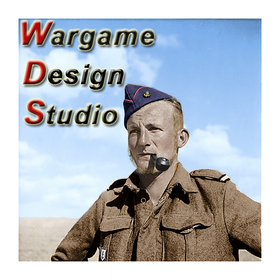
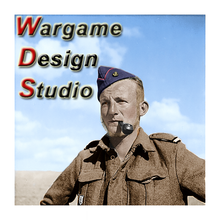










































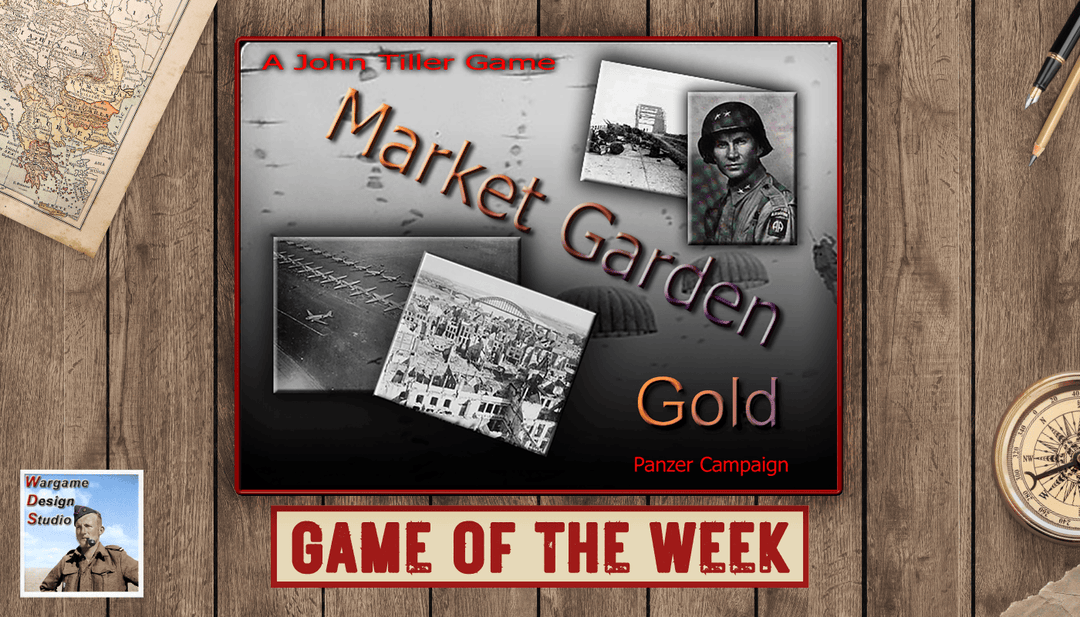
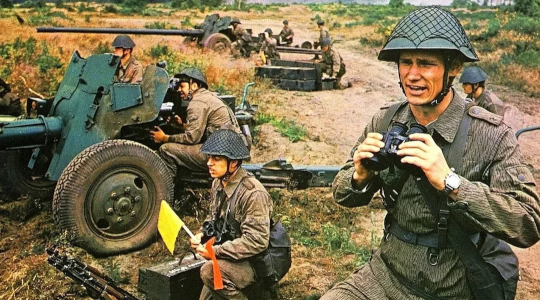
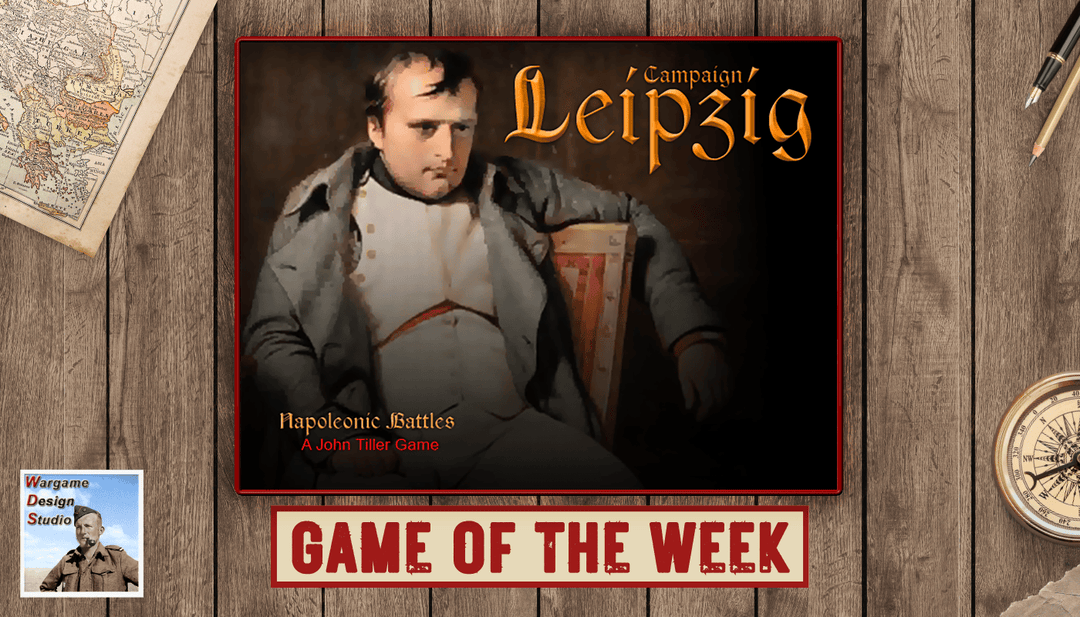
Thanks for a great article. Love the pictures.
Leave a comment